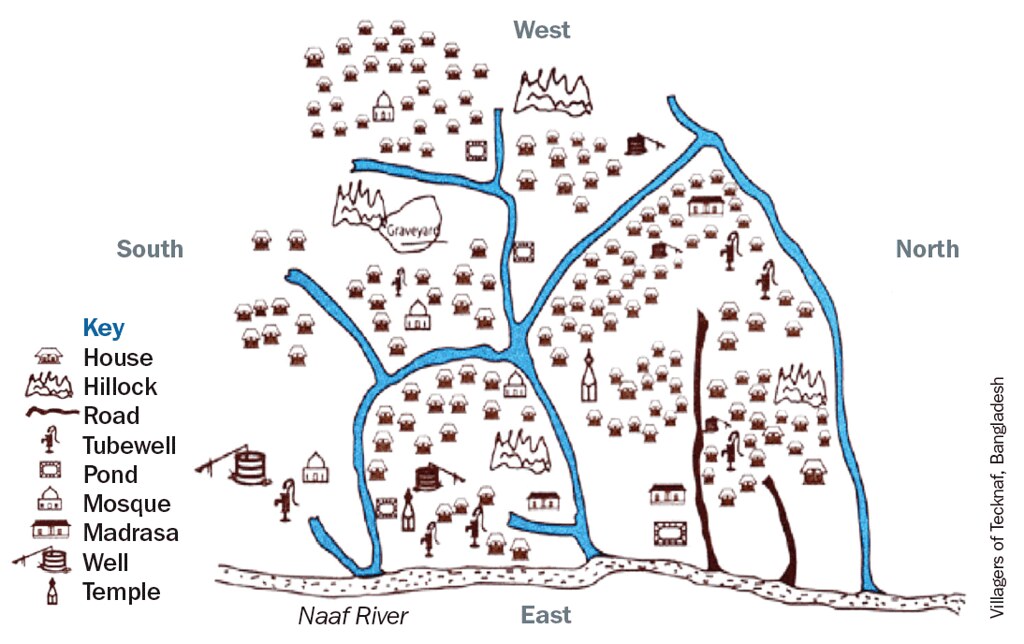As I write this, I am preparing to head off to Chicago to see my good friend and colleague, Charles Parisot, and also do something I very rarely get to do, which is sit in a room with him for several hours while he listens to other people speak. I'm second or third up on the roster to roast him, and we will have hours yet after I speak for others to say more about Charles, who he is, what he has done, and so on. In fact, we have about as long as a normal post meeting conversation with Charles to say it all, which in fact will barely be enough.
Rather than talk to you about what Charles is though I will get to that, I want to start with a few things that he isn't. First of all, he is not a planetary body. Yes, Charles does have a gravity well (it's pretty deep), and he does have an orbit. In fact, he mostly fits all of the modern characteristics defining a planet:
Rather than talk to you about what Charles is though I will get to that, I want to start with a few things that he isn't. First of all, he is not a planetary body. Yes, Charles does have a gravity well (it's pretty deep), and he does have an orbit. In fact, he mostly fits all of the modern characteristics defining a planet:
- He orbits the sun,
- He is not a satellite ... for anyone or anything,
- He has cleared his own orbit by repeatedly brushing aside all obstacles, and finally
- He does have sufficient mass to be mostly round.
He even fits the definition for the old Greek term, which essentially means wanderer, and he certainly is a wanderer. But, he is not a planet. The reason I know that Charles is not a planet is because he fails under one very conspicuous criteria, which is that he has an event horizon, and should you get too close, you will never escape it. Any the only things known to date which have an event horizon are black holes, former suns or larger bodies which cannot, by definition, be planets.
He's also not Carmen San Diego. Yes, you can find him wandering all over the world, but that's the point. You CAN find him. All you need do is listen closely and head towards the action, or at least the action as it relates to Healthcare IT. When I used to be in more regular touch with Charles, often the first question I would need to ask, is where are you today, even if I spoke to him yesterday. Twice, without even knowing beforehand, I simply asked hum which ministry call he was on this morning and twice he met my expectations, although in all fairness, it was only one of those days that he was testifying to Parliment somewhere.
Charles does not sleep, except perhaps on long-distance flights. I know this because I've gotten e-mails from him at all times of day, and so have you.
Charles doesn't do any real work. That's what his gravity well is for. Should you happen to get sucked into it, you will do the work. Charles will just sit back and do what he likes to do, which is talk, and argue. Charles will talk for so long, you will agree to do just about anything for him just in order to get some peace. But if he doesn't do any work, how does he get so much done? See, that's just the point. Charles doesn't create projects, he co-opts them, often several at a time. Then he puts them into a big bucket, stirs them up, and watches as things magically arise from the bizarre concoction of ideas. Charles doesn’t have a say-do ratio, in fact he completely destroys the concept of say-do ratio, because no matter how much he speaks, what comes out of it is clearly more than what went into it. It’s more like the ratio of aleph null to aleph one.
Charles is neither a noun, or a verb, although he has been used in both senses. You can pull a Charles, or Charles someone. Charles is also not an unstoppable force, he can be moved, but his reaction to outside influences is quite confusing, more like a centrifuge or gyroscope. When you try to push Charles in a particular direction, be very wary, because his response will often be at right angles to the direction of the applied force. Be very wary when he agrees with you (especially completely), because that often means you are about to be the recipient of a perpendicular reaction that is completely unexpected. This is what it means to have been Charles'd.
The last thing I will say about what Charles is not is that Charles is almost certainly not retired. We here all know that he will be continuing to pop up in our lives, perhaps in even new and more interesting ways, now that he will soon be removed from the restraints placed upon him by his current employer. I'm certain we will all continue to see him, because fortunately or not, we are all inside his event horizon.
OK, I lied. That was not the last not. Charles is also not a recipient of the Ad Hoc Harley award. But as to what he is, and I did say I'd get to that, is certainly overdue for induction into 2018 class of the Lords and Ladies of the Ad Hoc Harley.




